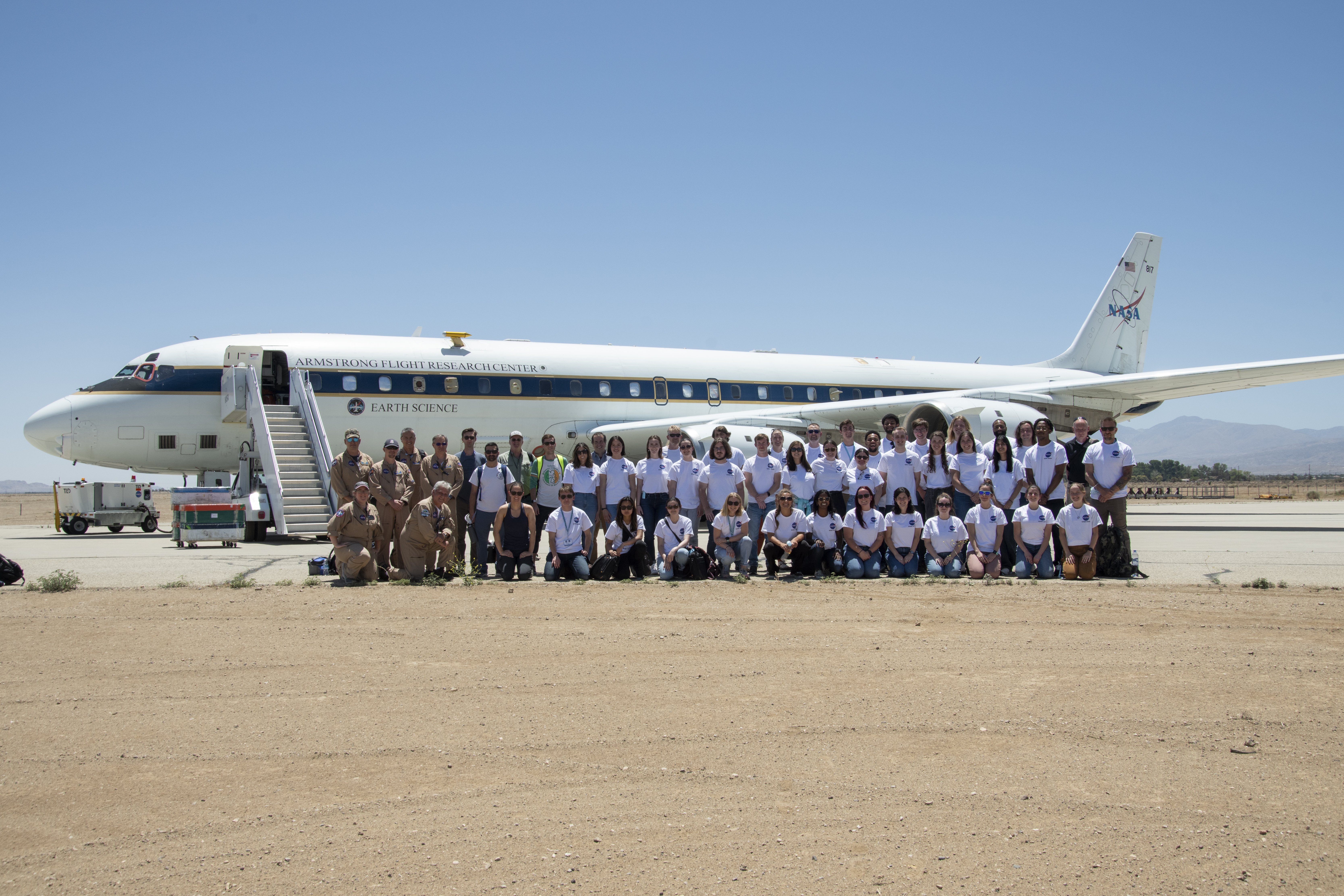This is the deepest,sharpest infrared image of the cosmos so far.The viewof theearly Universetoward the southern constellation Volanswas achieved in 12.5 hours of exposure with the NIRCam instrument on theJames Webb Space Telescope.Of course the stars with six visible spikes are well within our ownMilky Way.That diffractionpattern is characteristic of Webb's 18 hexagonal mirrorsegments operating together as a single 6.5 meter diameter primarymirror.The thousands of galaxies flooding the field of view are members of thedistant galaxy cluster SMACS0723-73, some 4.6 billion light-years away.Luminous arcs that seem to infest the deep field areeven more distant galaxies though.Their images are distorted and magnified by thedark matter dominated mass of the galaxy cluster, an effectknown as gravitational lensing.Analyzing lightfrom two separate arcs below the bright spiky star,Webb's NIRISS instrument indicates the arcsare both images of the same background galaxy.And that galaxy's light took about 9.5 billion years to reach theJames Webb Space Telescope.
Image Credit: NASA,ESA,CSA,STScI,NIRCam
Specific copyrights apply.




























